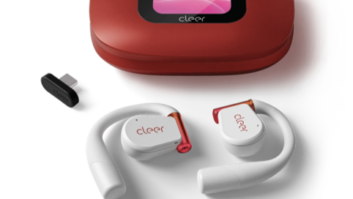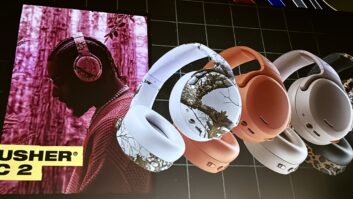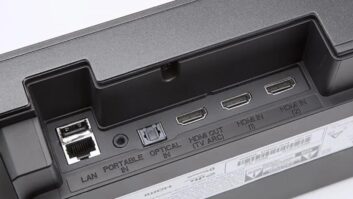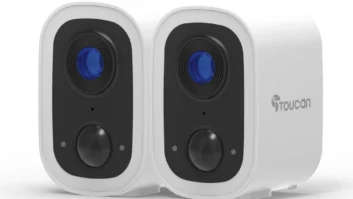Search on Amazon for “home air purifier,” and you click through “over 3,000 results.” How does a consumer even begin to choose?
Most consumers have heard the acronym HEPA (high-efficiency particulate air) filters in advertisements from manufactures of vacuum cleaners and air filtration products. But it’s easy to be confused and gloss over the fine print.
The U.S. Department of Energy (DOE) technical standard specification for HEPA filters used by DOE contractors defines a HEPA as the filter shall exhibit a minimum efficiency of 99.97% at a test aerosol diameter of 0.3 micrometers (μm) in diameter from the air that passes through the filter.
Pay special attention to the last sentence because it is the numbers 99.97% and 0.3-micrometer that tell the only story that matters when it comes to home air purification.
Spin or No Spin
Among the thousands of HEPA-labeled home air purification devices on the market, manufacturers have added finer, if not sometimes misleading, terms on their packaging.
Not liking to be spun, I pointedly asked Haylie Morales, associate product manager at Sharp Home Electronics Company of America, what was up with “True HEPA,” a term that Sharp and other manufactures use on packaging.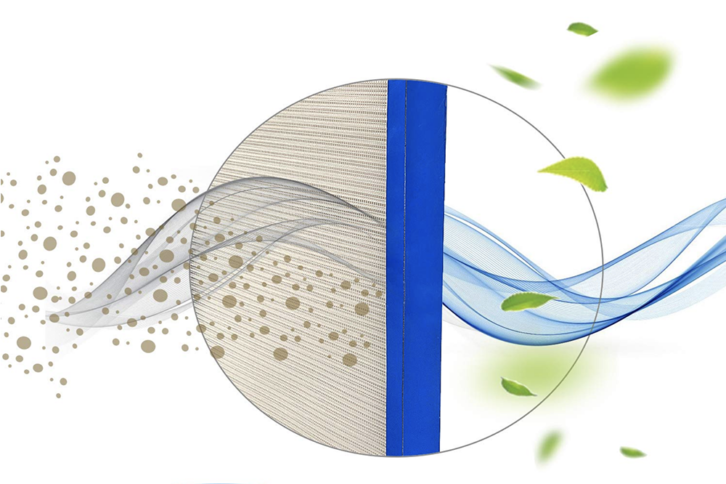
Morales explained, “True HEPA is the marketing term for ‘HEPA Class H14’, which captures up to 99.975% of airborne particles measuring 0.3 micrometers (μm) in diameter that pass through the filter.” Ah-ha—I knew it was a marketing term!
To be fair, the manufacturers that use the term “True HEPA” are doing so because there are several misleading terms used by others such as “HEPA-type,” “HEPA-like,” HEPA-style,” or “99% HEPA.” “These would represent filter-based systems that do not satisfy the HEPA standard or may not have been independently tested,” she says. “Manufacturers are legally required to label retail cartons to reveal efficiency. You cannot say that your filter is ‘True HEPA’ if it is not.”
Not Splitting Hairs
Particulate matter (PM) are particles (solid or liquid) that move through the air and are measured in micrometers (μm), or commonly referred to as a micron. The width of a single human hair ranges from approximately 10 to 200 μm. A True HEPA filter captures particulate matter as small as 0.3 μm.
Take a look at the chart below from the American Society of Heating, Refrigerating, and Air-Conditioning Engineers (ASHRAE) and choose which contaminants you are okay with having in your home, and then look at the corresponding minimum particle size (μm).
Contaminants by Particle Size and Typical Application
|
Min. particle size |
Typical controlled contaminant |
Typical Application |
|
> 10.0 μm |
Pollen, dust mites, cockroach debris, |
Residential window AC units |
|
10.0–3.0 μm |
Mold spores, dust mite debris, |
Better residential, general commercial, industrial workspaces |
|
3.0–1.0 μm |
Legionella, humidifier dust, lead dust, |
Superior residential, better commercial, hospital laboratories |
|
1.0–0.3 μm |
Bacteria, droplet nuclei (sneeze), cooking oil, most smoke and insecticide dust, most face powder, most paint pigments |
Hospital & general surgery |
Most would prefer the Indoor Air Quality (IAQ) in their home to be as clean as was needed in a hospital’s general surgery room. Only a True HEPA filter will capture all the contaminants listed in each row, right down to 0.3 μm bacteria.
Now you’re adequately armed to shop for a home air purifier!





